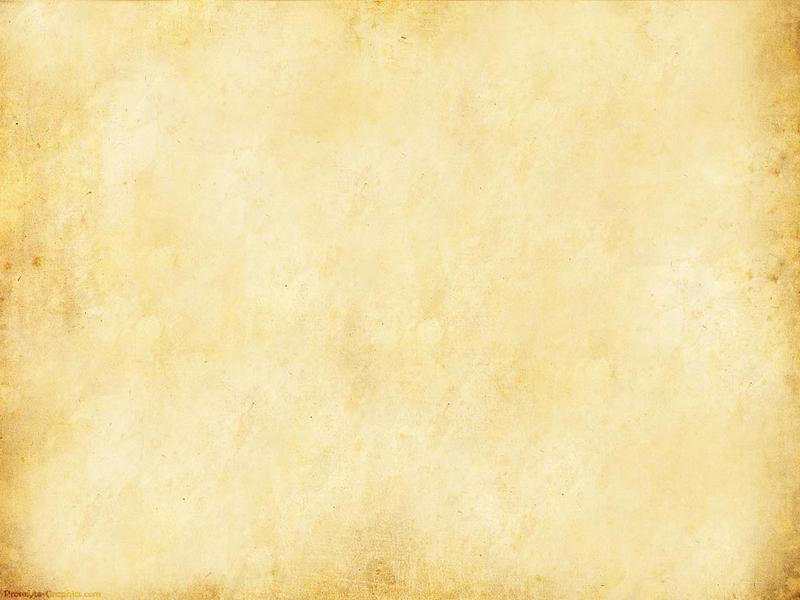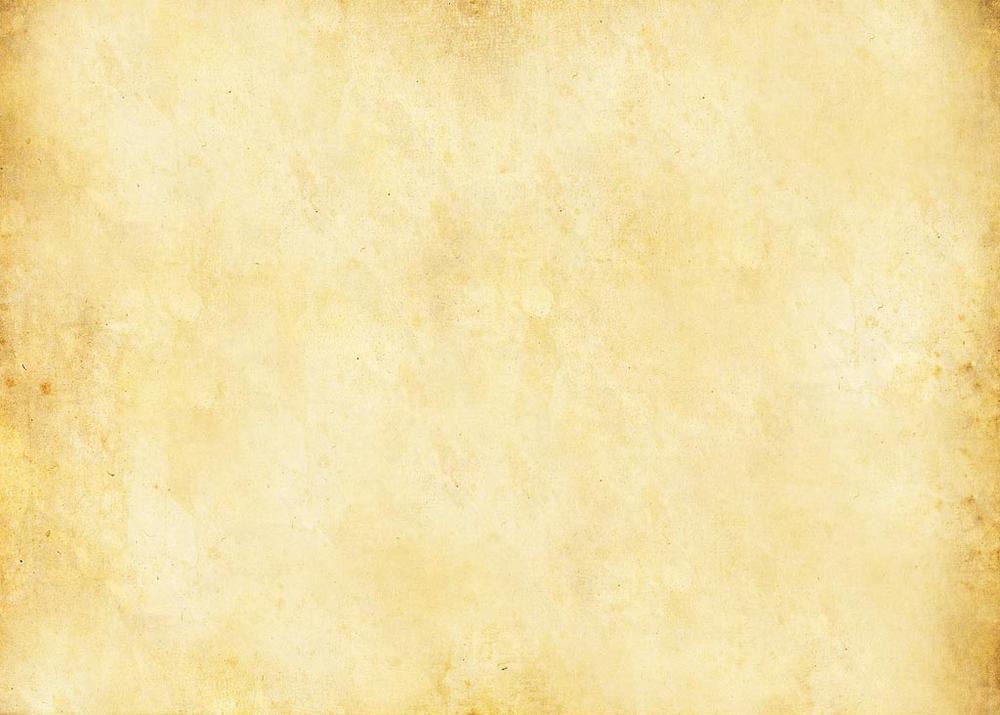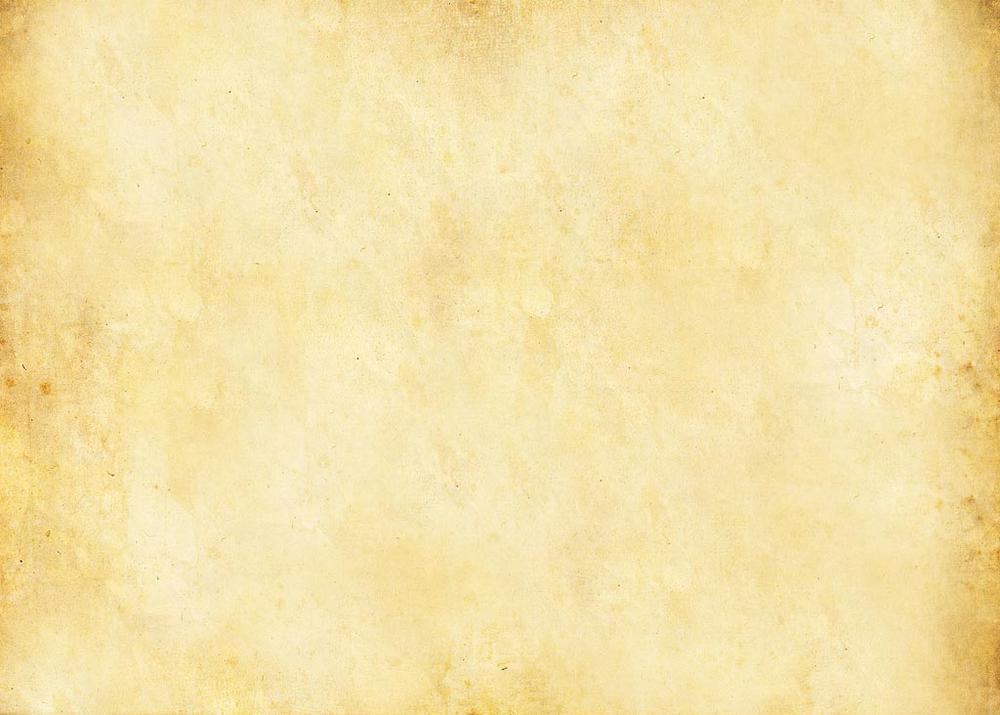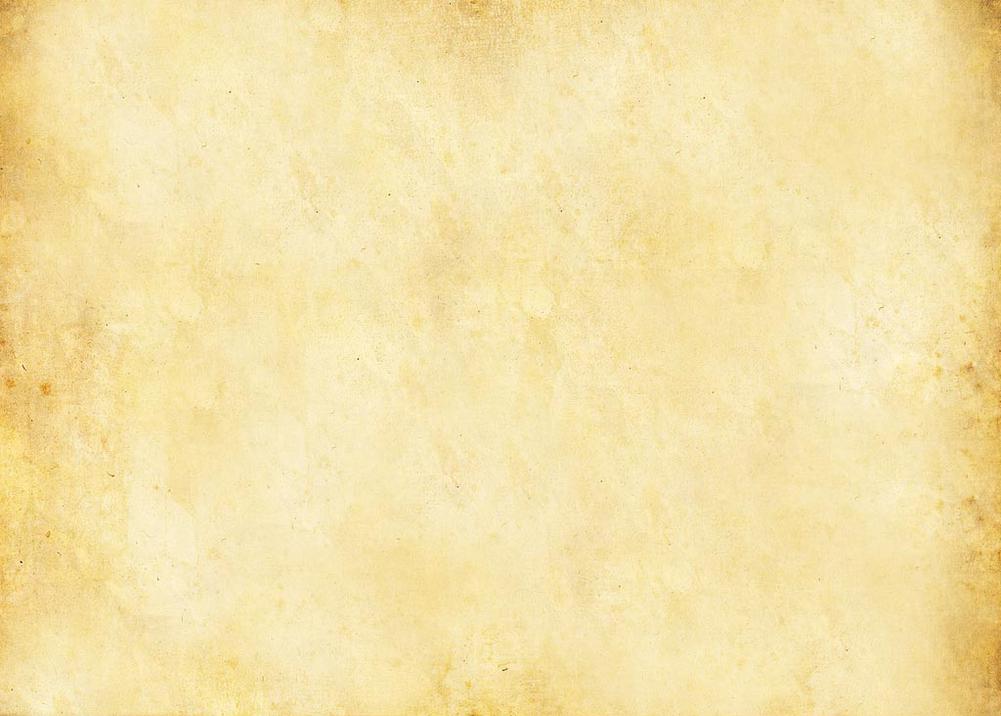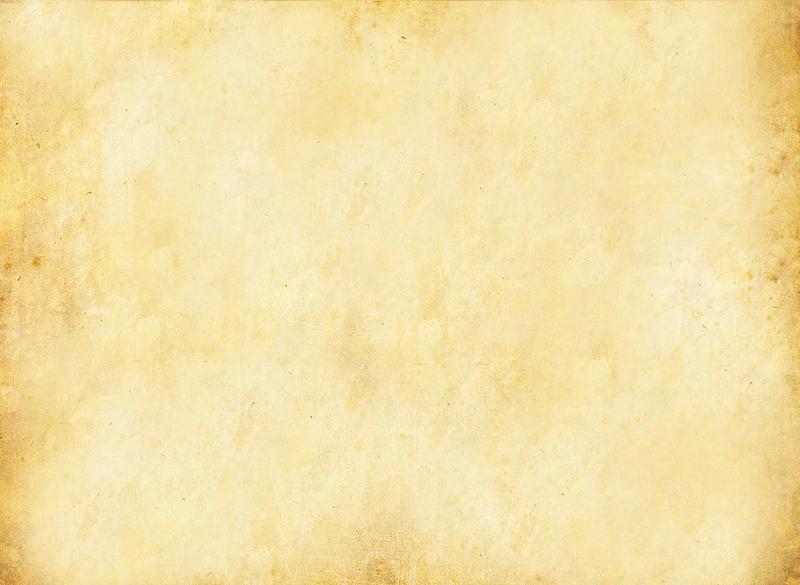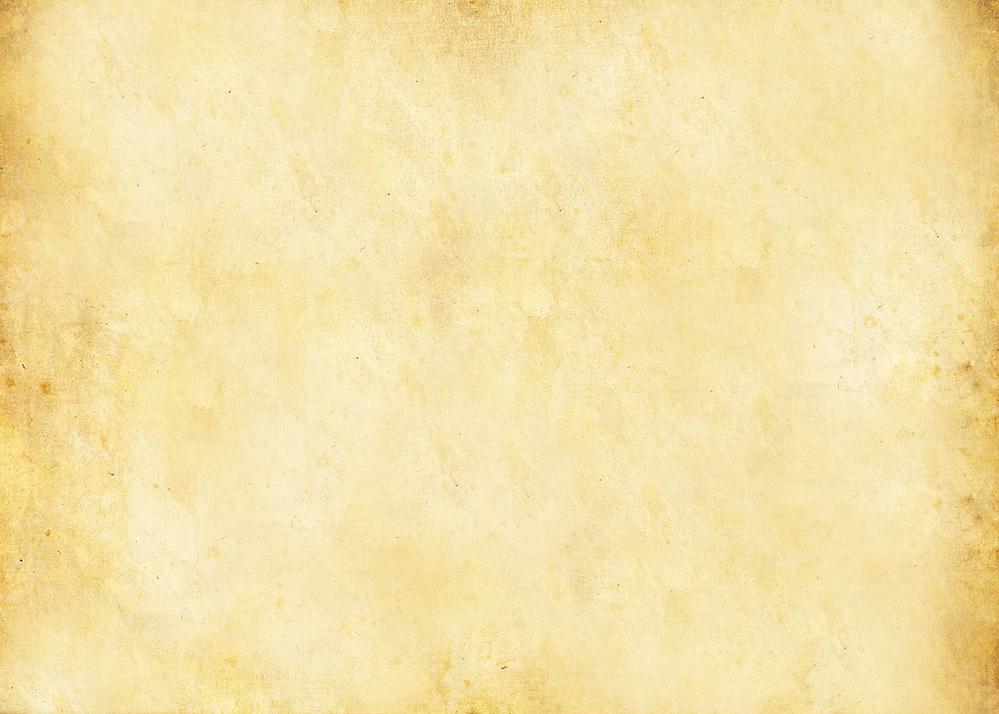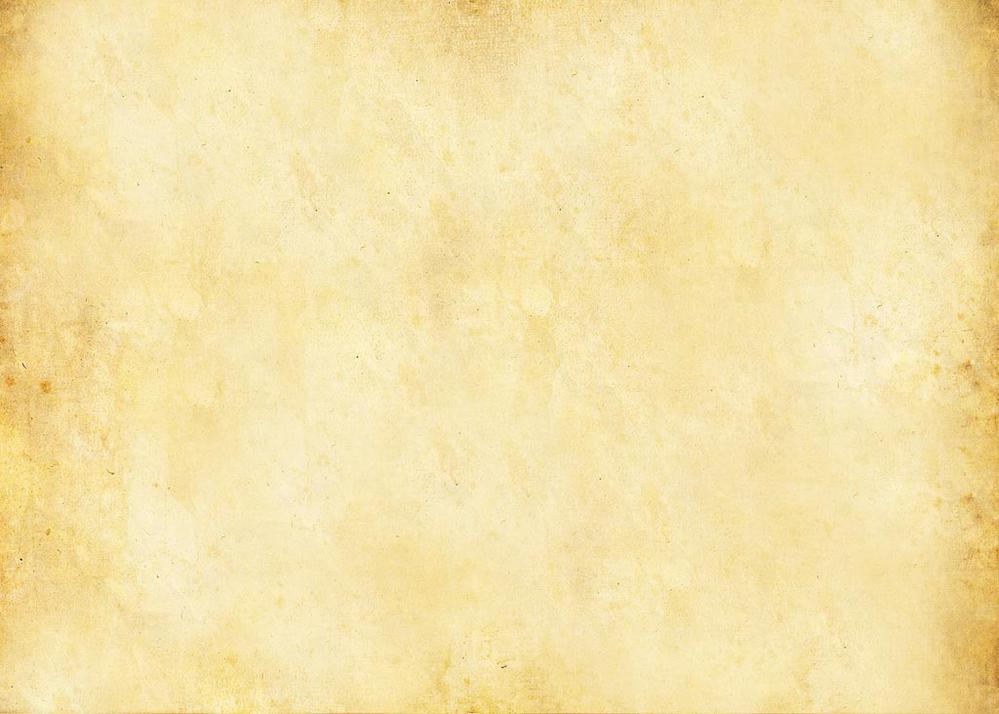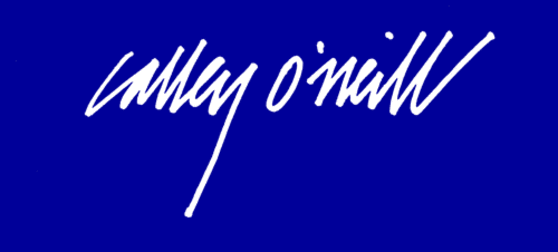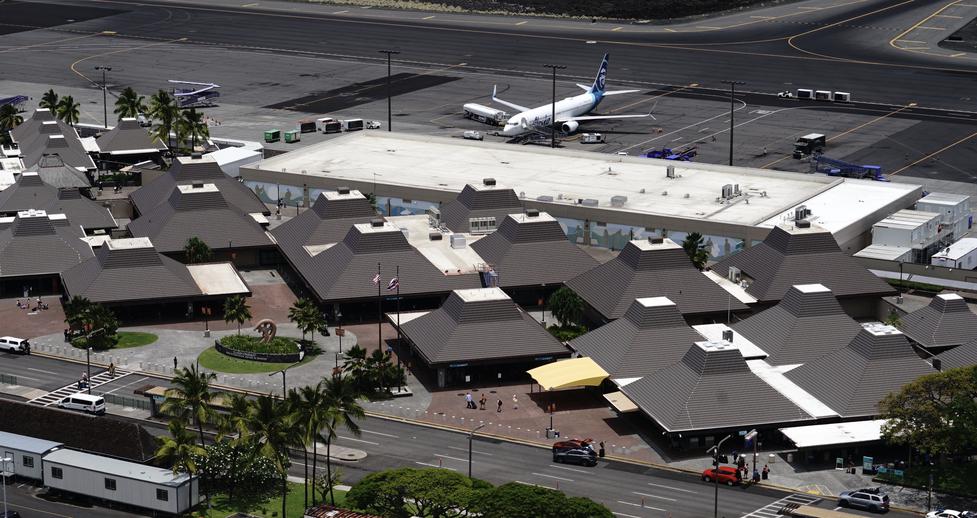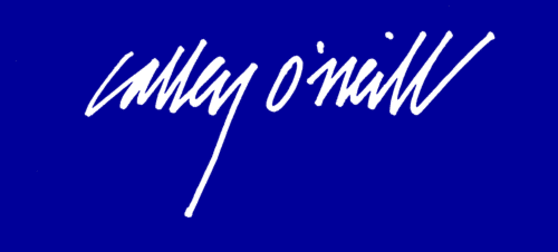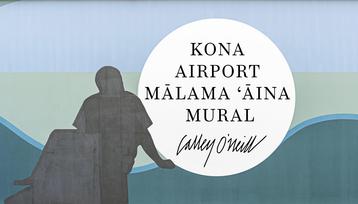Art and Soul for the Earth
Big Island of Hawai'i
OLA KA HONUA! O WAU KA HONUA!
LONG LIVE THE EARTH! I AM THE EARTH!
A MALAMA 'ĀINA MURAL PROJECT
ELLISON ONIZUKA KONA INTERNATIONAL AIRPORT AT KEAHOLE
 | ||||
Every generation has the obligation to free men’s minds for a look at new worlds...to look out from a higher plateau than the last generation.
Hawai’i Astronaut, Ellison Onizuka
INTRODUCTION: In a competition that included entries from over 300 artists around the world, Big Island conservation and cultural artist Calley O'Neill was unanimously selected on round one by the Hawai’i State Foundation on Culture and the Arts (HSFCA) to create a 300’-long mural at the Kona Airport. Their intent was to create an experience of aloha for the 3 -4 million people who encounter the mural each year.
The mural comprises eight 12’ by 40’ walls expressing the heart of the Hawaiian culture, ALOHA ĀINA and MALAMA ĀINA, love and care of the land. Calley is honored to be guided by highly respected kupuna (wisdom carriers) of the land, sharing 8 aspects of Mālama ‘Āina who are here to share an urgent message for the world: Now is the time to understand that our lives and the health of nature are one. It will take all of us to restore the living world and create a healthy future for all life. MĀLAMA OLA! MĀLAMA KA’ĀINA! Take care of the land! MĀLAMA KA MOANA! Take care of the ocean!
By depicting the kupuna sharing their Traditional Ecological Knowledge (TEK), the mural will strive to reflect the guiding principles and practices of the Hawaiian cosmology, culture, and love of place. Our goal is to inspire all who pass by to see, if only for a moment, through native eyes.
The Hawaiians understand the individual as a part of nature. There is no separation. We breathe from the forests and the ocean. They are within us. We eat from this Earth. There is no separation. Aloha 'Āina benefits humanity and all life on Earth. We breathe the air. The climate is within.
The Earth is our island, our only home. Take care of the land and it will take care of us.
ABOUT THE ARTIST: A lifelong artist, student of ecology, and visionary conservationist, Calley graduated with a BFA Summa cum laude from Pratt Institute, NY, and an MA in Social Ecology from Goddard College, VT, with a focus on ecological design and biological agriculture. Calley has public murals on three islands and is well known for her interspecies paintings with Rama the Elephant in THE RAMA EXHIBITION ~ A JOURNEY OF ART AND SOUL FOR THE EARTH.
KEY ELEMENTS: The first of its kind, the mural will feature 10' tall stained glass mosaic portraits of kupuna and native Hawaiian endangered species (kupuna/aumakua). The mural will reflect the land's beauty, health, and abundance as it once was, can be, and must be again.
TIMELINE: This is a multi-year project began in 2018 with design and mosaic work to continue until complete, likely around 2025.
SPONSORSHIP: PLEASE JOIN US ~ BE A PART OF THE FLOW. As the kupuna portraits are completed, additional mosaic will be funded by tax-deductible contributions to expand the stained glass mosaic by bringing in elements of nature. There are several options available for contribution:
- For a minimum donation of $100, you could have a personally engraved plaque on The Thin Blue Line, which traverses the entire length of the mural, and represents the River of Life.
- Special Elements are available for sponsorship, outlined on our Funding Legends page.
- Community collaborators. A growing number of passionate volunteers are stepping up to help us. We need your help, and this is FUN! Add your energy to this epic project. Call or text Julia Fairchild (808) 557-0363 to let us know what skills you have to offer to the project. We need fundraisers, grant writers, social media experts, and help in the glass studio.
WALL 1
E OLA KE ALOHA! O WAU KE ALOHA!
LONG LIVE ALOHA! I AM ALOHA!
WALL 2
E OLA KA WAI OLA! O WAU KA WAI OLA!
LONG LIVE THE LIVING WATERS! I AM THE LIVING WATERS!
WALL 3
E OLA KA MOANA! O WAU KA MOANA!
LONG LIVE THE OCEAN! I AM THE OCEAN!
WALL 4
E OLA KA NAHELEHELE! O WAU KA NAHELEHELE!
LONG LIVE THE FORESTS! I AM THE FORETS!
WALL 5 ~ VOYAGING
E OLA KA HONUA! O WAU KA HONUA!
LONG LIVE THE EARTH! I AM THE EARTH!
WALL 6
E OLA KA MO'OMEHEU! O WAU KA MO'OMEHEU!
LONG LIVE THE CULTURE! I AM THE CULTURE!
WALL 7
E OLA KA 'AINA! O WAU KA 'AINA!
LONG LIVE THE LAND! I AM THE LAND!
WALL 8
E OLA KE ALOHA! O WAU KE ALOHA!
LONG LIVE ALOHA! I AM ALOHA!
